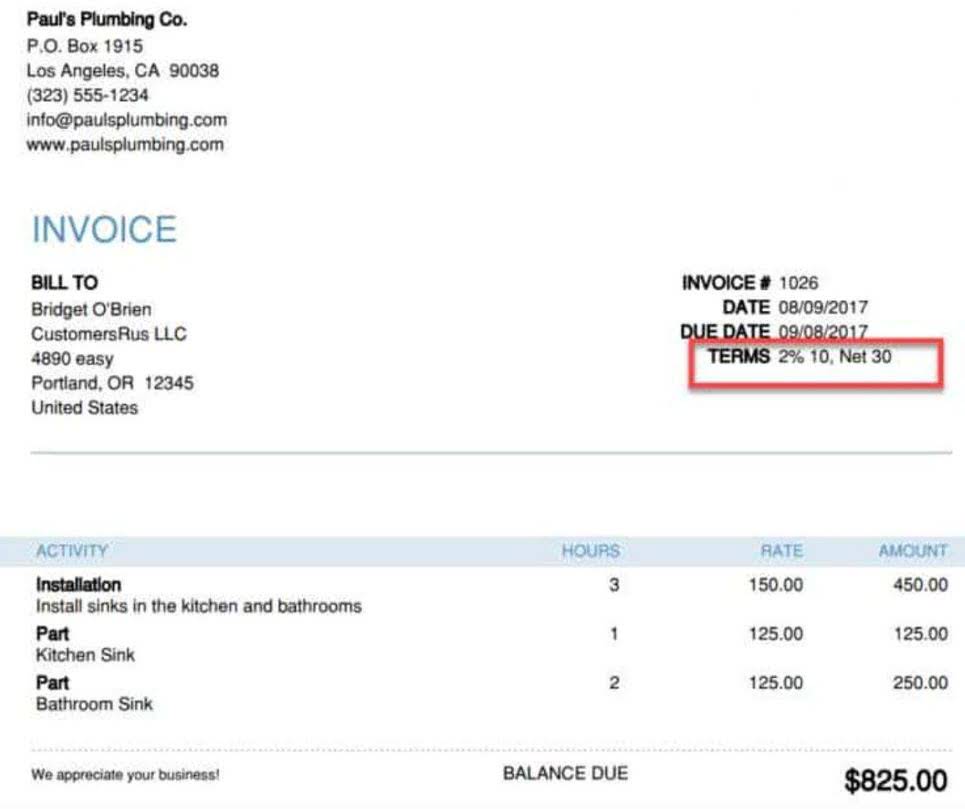
At the end of the month, we total the Cash column in the cash receipts journal and debit the Cash account in the general ledger for the total. The Accounts Receivable control account in the general ledger is the total of all of the amounts customers owed the company. Also at the end of the month, the total debit in the cost of goods sold column and the total credit to the merchandise inventory column would be posted to their respective general ledger accounts. And all you need to enter are the date, name of suppliers, supplies accounts, invoices identification, description of transactions, and amounts. This special journal is prepared for reducing the large of transactions in the general journals.
- Generally, a purchase log will describe the date on which the order was placed, the name of the supplier and the invoice number.
- At the end of the period, we would post the totals of $7,650 credit to cash, the $7,500 debit to accounts payable, and the $150 credit to merchandise inventory.
- And all you need to enter are the date, name of suppliers, supplies accounts, invoices identification, description of transactions, and amounts.
- If we ordered inventory from Jones Mfg. (account number 789) using purchase order #123 and received the bill for $250, this would be recorded in the purchases journal as shown in Figure 7.28.
- Entities might purchases goods or services and make the payments immediately to suppliers by cash.
What is a Purchase Journal in Accounting?
- Remember, after a sale is recorded in the sales journal, it is posted to the accounts receivable subsidiary ledger, and the use of a reference code helps link the transactions between the journals and ledgers.
- You have accounts with many of your suppliers and decide to order additional stock before the spring months arrive and the demand for wood increases.
- Any accounts used in the Other Accounts column must be entered separately in the general ledger to the appropriate account.
- By following these steps when recording purchase journal entries you will be able to maintain accurate financial records for your business while streamlining your procurement process.
Match each of the transactions in the right column with the appropriate journal from the left column. My Accounting Course is a world-class educational resource developed by experts to simplify accounting, finance, & investment analysis topics, so students and professionals can learn and propel their careers. Sometimes, the entity also includes other information related to purchasing like fixed assets, inventories, or expenses. The failure of House Bill 1292 marks the second time in as many years that a measure banning the purchase, sale and transfer of so-called assault weapons has been introduced in the Capitol but didn’t pass.
3 Analyze and Journalize Transactions Using Special Journals
Another type is the credit purchase entry, which records purchases made on credit rather than in cash. In this case, the business must remember to pay back the vendor within an agreed-upon time frame. These entries require more detailed recording https://www.bookstime.com/ since they involve tracking due dates and payment terms. They help businesses keep track of all purchases made, including when and from whom they were made. There are different types of purchase journal entries, each serving a unique purpose.
- The number of line entries on a purchase log depends on the type of product and the amount of product that has been received.
- The purchase journal is a book of prime entry and the entries in the journal are not part of the double entry posting.
- The balance in this list is compared with the balance in the general ledger accounts payable account.
- This list is often called the accounts payable trial balance (or a schedule of accounts payable).
- A general journal tracks transactions that do not fall into one of the four categories.
- Nor will the balance of your account with the furniture supplier show in the purchases journal.
Want More Helpful Articles About Running a Business?
Management typically uses this journal to track the status of each purchase, the amount owed to vendors, the due dates of each balance, along with the discount periods. The accounting department uses this journal to crosscheck and tie out the accounts payable subsidiary accounts at the end of each period. All of the purchase on credit transactions are posted to this journal on an order-by date. Mastering purchase journal entries can bring a myriad of benefits to any organization. It helps in maintaining an accurate and up-to-date record of all purchases made by the company. By following these steps when recording purchase journal entries you will be able to maintain accurate financial records for your business while streamlining your procurement process.
- The purchase from Gus Grass would be recorded in the accounts payable subsidiary ledger and the total would be recorded at the end on the period by posting directly to merchandise inventory and accounts payable.
- Optional additions to this basic set of information are the payment due date and authorizing purchase order number.
- In this instance, because the order was for inventory, the posting in the account will be credit to accounts payable and a debit to inventory.
- We follow strict ethical journalism practices, which includes presenting unbiased information and citing reliable, attributed resources.
- The sales journal is used to record sales on account (meaning sales on credit or credit sale).
- When purchased products are used in manufacturing, however, it is even more critical that purchase journal entries are made accurately, so that individual components may be identified as quickly as possible in the event of error.
Using the Sales and Cash Receipts Journals
You may also want to consider using a software program or online tool to help you track your purchases. This can help eliminate the possibility of mistakes being made in the journal. Mastery of this skill enables more effective communication between departments such as finance, purchasing, and inventory management teams. There will be less confusion when it comes to reconciling purchases journal invoices or identifying discrepancies in records. Purchase of Furniture increases the value of an asset and according to the Rules of Debit and Credit, an increase in an asset A/c is debited . The actual format or look of the invoice issued by a seller to his buyer may be slightly different from the above specimen but basic information provided therein is almost similar.
When accountants used a paper system, they had to write the same number in multiple places and thus could make a mistake. Now that most businesses use digital technology, the step of posting to journals is performed by the accounting software. The transactions themselves end up on transaction files rather than in paper journals, but companies still print or make available on the screen something that closely resembles the journals.
The types of purchase journal entries

All of these columns use source documents that were acquired throughout the voucher system. In this case, the inventory purchases account is debited to record the amount purchased. Had the purchases journal recorded other items such as equipment purchases or office supplies, then the debit would have gone to the appropriate asset or expense account. On a regular (usually daily) basis, the line items in the purchases journal are used to update each supplier account in the accounts payable ledger. In the above example, 200 is posted to the ledger account of supplier ABC, 300 to supplier EFG, and 250 to supplier XYZ. When posting to the accounts payable ledger, a reference to the relevant page of the purchase journal would be included.

